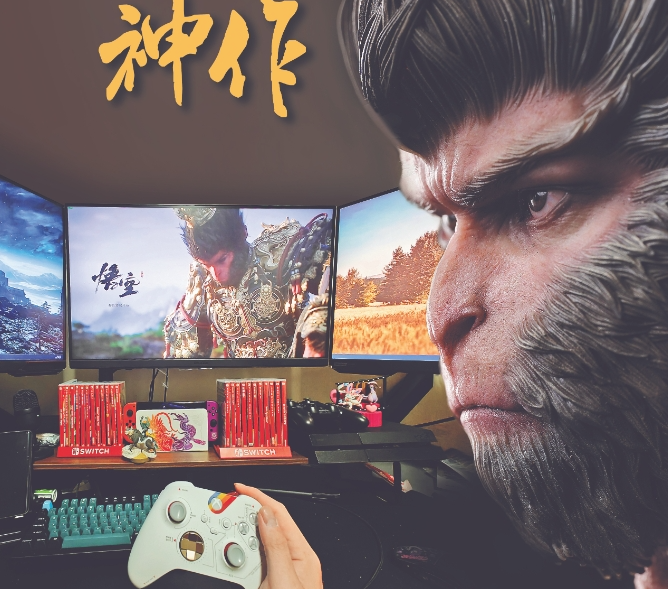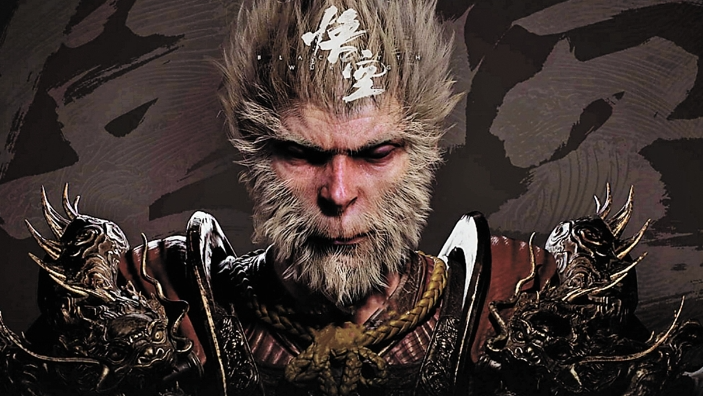Introduction of Black Myth: Wukong
The release of “Black Myth: Wukong,” developed by Shenzhen-based Game Science, quickly became a global sensation. The game attracted over 1 million players within its first hour. Inspired by the Chinese classic Journey to the West, it brings the legendary Monkey King, Sun Wukong, to life. The game captivated a worldwide audience, rapidly topping Steam’s most-played games list. It peaked at 2.36 million players online and sold over 4.5 million copies across platforms. Additionally, it generated more than 1.5 billion yuan (US$210.3 million) in revenue.
Cultural Impact
“Black Myth: Wukong” is more than a commercial success; it’s a cultural milestone. The game’s strong roots in Chinese mythology resonate globally. Feng Ji, the game’s producer and Game Science co-founder, credits its success to this cultural foundation. It allows players worldwide to connect with and appreciate Chinese culture. The game’s high level of detail, achieved by incorporating real-world scans of historical Chinese sites into Unreal Engine 5, sets a new standard for realism and immersion in gaming.

Shenzhen’s Role in the Success of Black Myth: Wukong
Shenzhen, the home of Game Science, has played a crucial role in this success. The city’s robust support for the cultural industry, along with its thriving gaming ecosystem, has fostered an environment conducive to innovation. Shenzhen’s gaming industry, led by giants like Tencent, has generated over 100 billion yuan in revenue, accounting for more than half of China’s total gaming revenue.
Global Acclaim and Future Potential
The global acclaim for “Black Myth: Wukong” underscores the potential for Chinese games to impact the international stage significantly. Gamers worldwide have praised the game for its unique storyline, stunning visuals, and captivating gameplay. This success has further sparked interest in Chinese mythology and culture. The game’s achievement marks a significant milestone for Game Science and positions Shenzhen as a growing hub for game development and cultural innovation.

